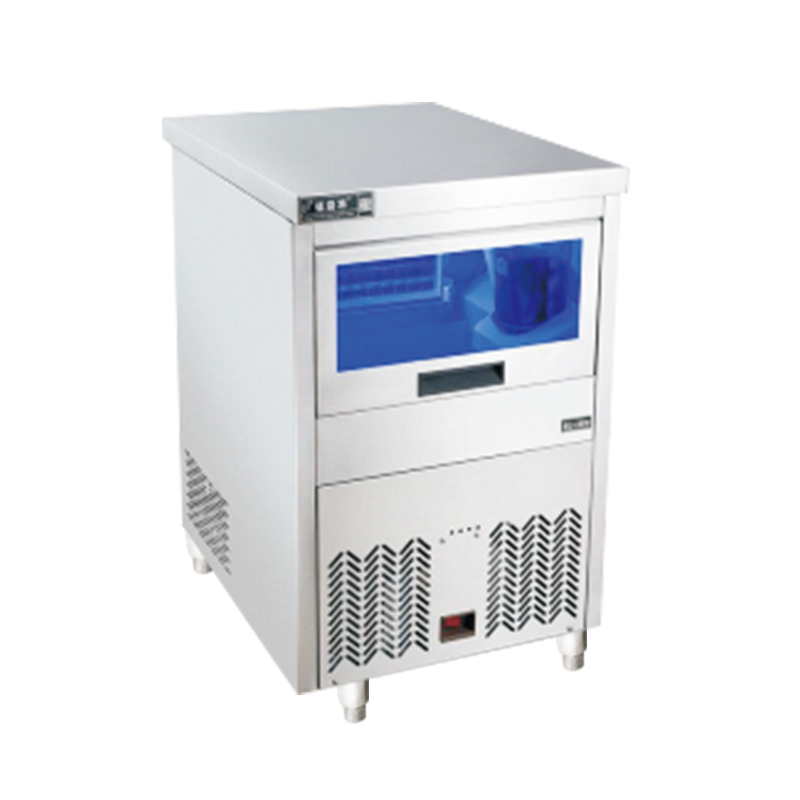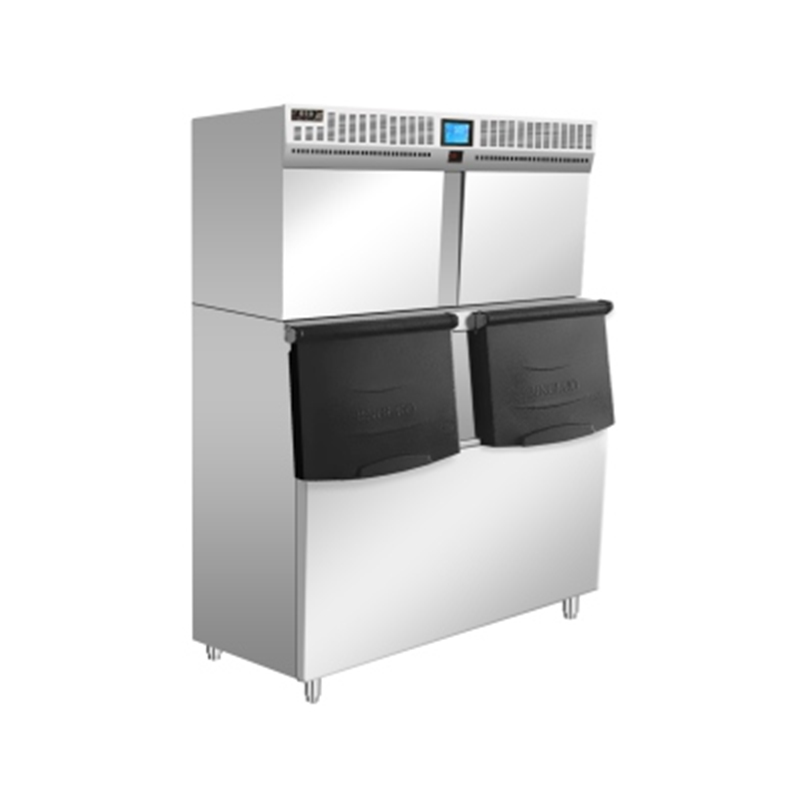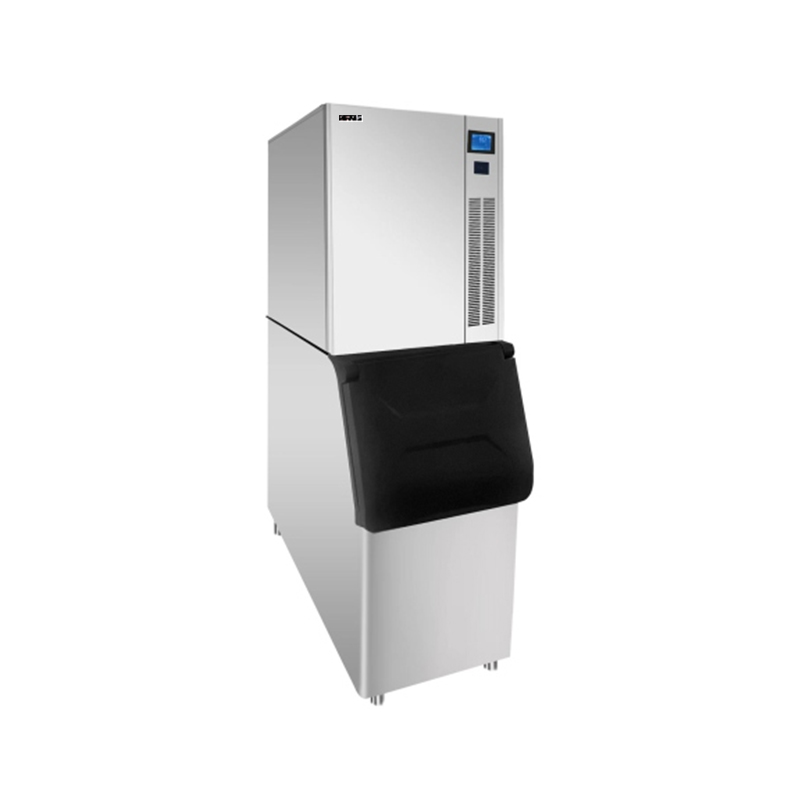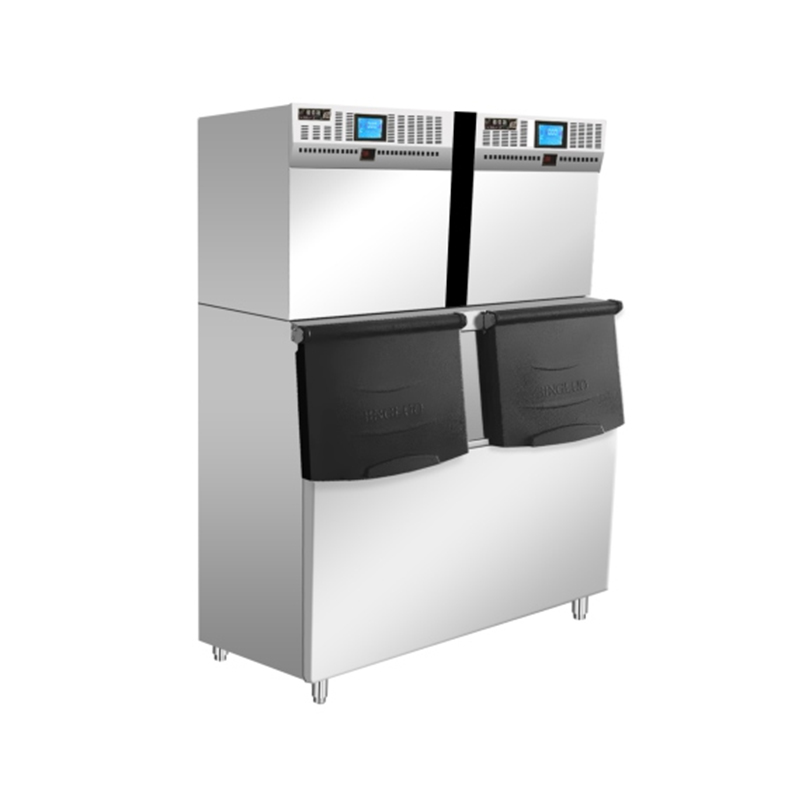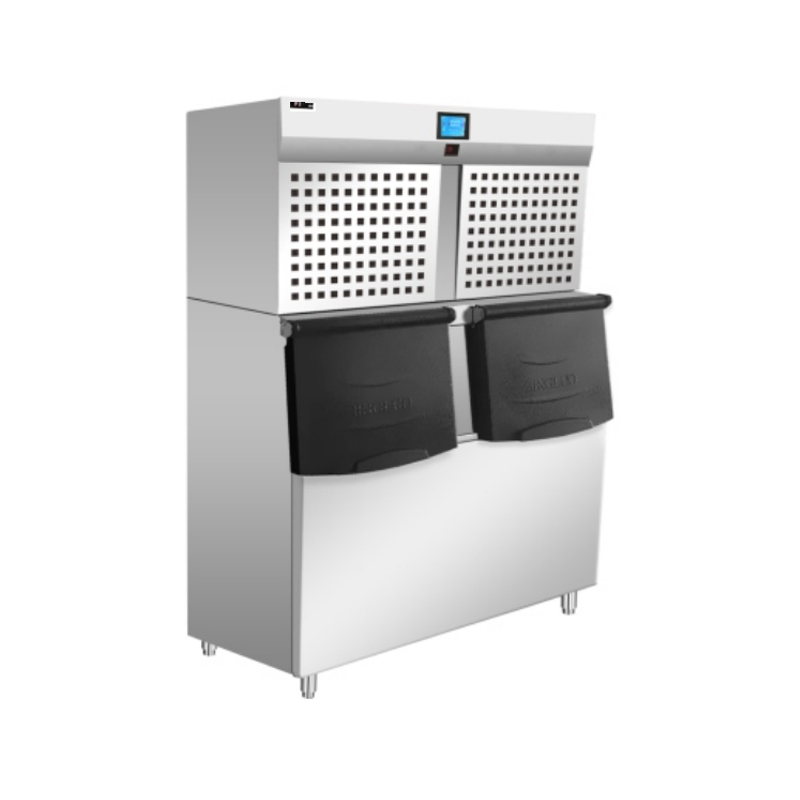2025-11-05
The Role of Commercial Horizontal Refrigerators
Commercial horizontal refrigerators are indispensable pieces of equipment in a wide array of food service and retail environments, ranging from busy restaurants and delis to supermarkets and convenience stores. These units, often referred to as undercounter refrigerators, worktop refrigerators, or even chest freezers (when functioning as freezers), are designed for high-volume, professional use where accessibility and efficient cold storage are paramount. Their distinct design—long, low-profile, and typically featuring top-opening lids or pull-out drawers—offers unique advantages over their vertical counterparts.
Design and Functionality
The fundamental design of commercial horizontal refrigerators emphasizes space utilization and ease of access. The horizontal orientation allows them to be placed beneath counters or used as prep surfaces, effectively maximizing floor space in cramped professional kitchens.
- Undercounter Models: These fit seamlessly beneath existing countertops, providing refrigerated storage right where it’s needed, often near prep stations or grills.
- Worktop/Prep Table Models: These units are equipped with a durable, food-grade countertop (usually stainless steel) and often feature cut-outs for ingredients (like sandwich or pizza prep tables), making them dual-purpose as both storage and a dedicated workspace.
- Chest Freezers: While technically freezers, the large, top-opening units used in commercial settings for bulk storage often fall under the “horizontal” category. They are known for their energy efficiency and superior temperature stability due to the cold air staying contained when the lid is opened.
Most commercial horizontal refrigerators are constructed from sturdy stainless steel (both interior and exterior) for durability, ease of cleaning, and resistance to corrosion, meeting stringent sanitation standards. They rely on powerful, forced-air refrigeration systems to maintain consistent, precise temperatures crucial for food safety.
Key Benefits in Commercial Settings
Investing in high-quality commercial horizontal refrigerators offers several operational and financial benefits to a business:
Optimized Workflow
For chefs and kitchen staff, placing ingredients directly at the point of use significantly speeds up preparation. An undercounter unit stocked with frequently accessed items eliminates the need to constantly move to a separate walk-in cooler, streamlining the entire workflow. This is a critical advantage in high-pressure, fast-paced environments.
Energy Efficiency
While all refrigeration units consume energy, well-maintained horizontal units, particularly chest-style freezers, are inherently more efficient. Because cold air is denser than warm air, it naturally stays inside the unit when the lid or door is briefly opened, minimizing temperature loss and reducing the compressor’s runtime.
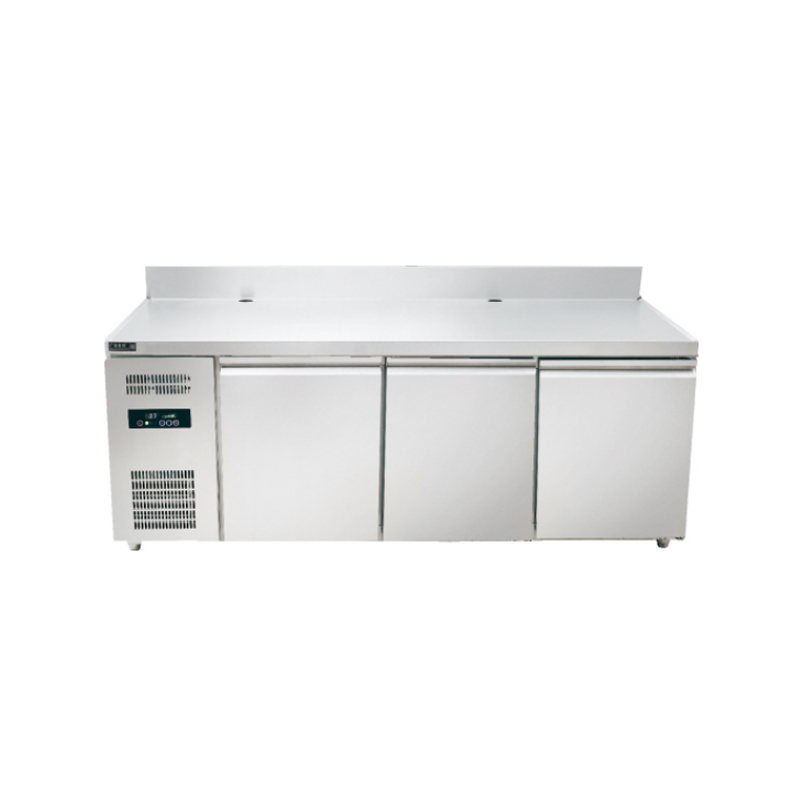
Versatility and Storage Capacity
The wide, deep storage space of commercial horizontal refrigerators is ideal for bulky or awkwardly shaped items that might not fit efficiently on the narrow shelves of a vertical refrigerator. Furthermore, many models offer flexible interior configurations, including adjustable shelving or pull-out drawers, to accommodate various types of containers and food products.
Maintenance and Longevity
To ensure the long-term performance and efficiency of commercial horizontal refrigerators, regular maintenance is essential. This includes:
- Condenser Coil Cleaning: Dust and grease accumulation on the condenser coils force the unit to work harder, increasing energy consumption and potential breakdown risk. Coils should be cleaned regularly—typically every 3–6 months.
- Gasket Inspection: Door or lid gaskets must be airtight. Worn or cracked gaskets allow cold air to escape, compromising food safety and efficiency. They should be inspected and replaced promptly.
- Temperature Monitoring: Regular monitoring with a calibrated thermometer ensures the unit is consistently holding safe temperatures, usually between and ( and ) for refrigerators.
Choosing the correct model—one with a suitable capacity, durable construction, and the right feature set (e.g., electronic temperature controls, self-closing doors, or specialized drawers)—is the first step toward optimizing any commercial kitchen’s cold storage infrastructure. The adaptability and efficiency of commercial horizontal refrigerators solidify their status as a cornerstone appliance in the modern food industry.

 English
English русский
русский Español
Español عربى
عربى